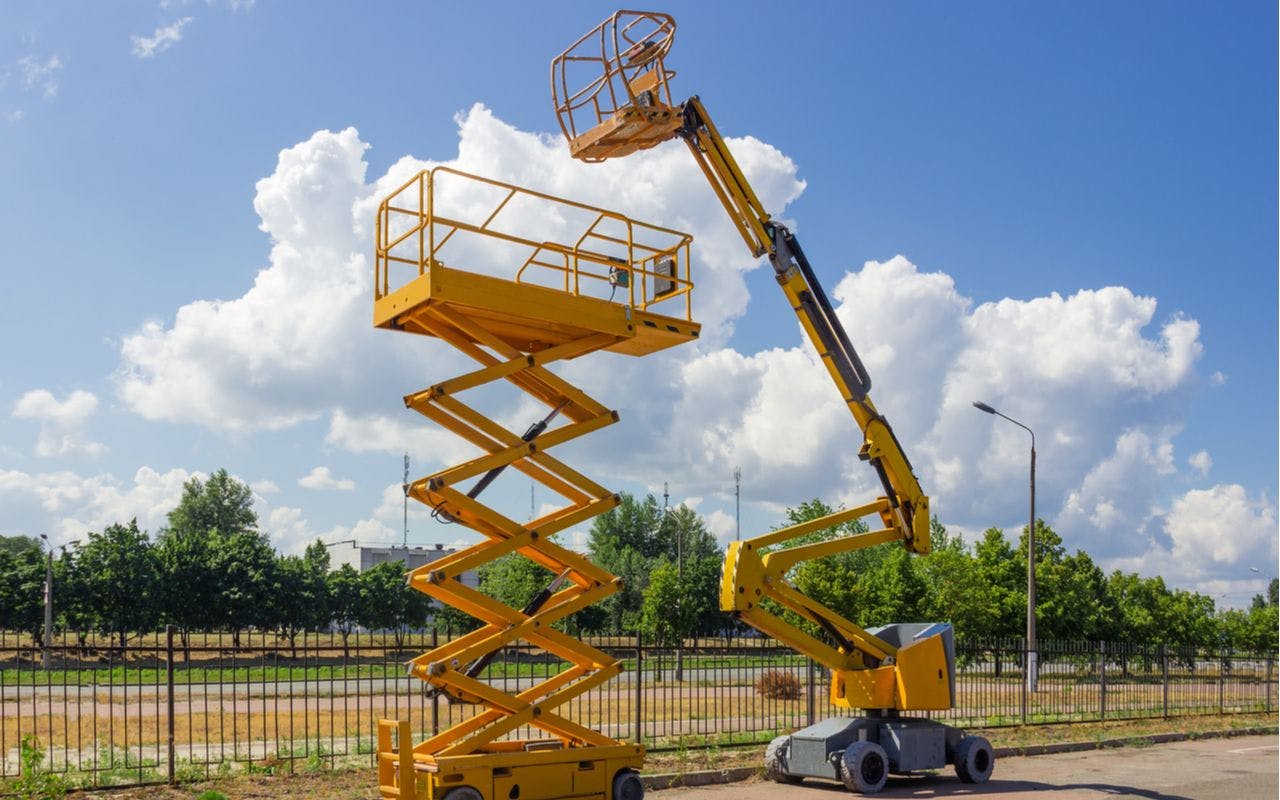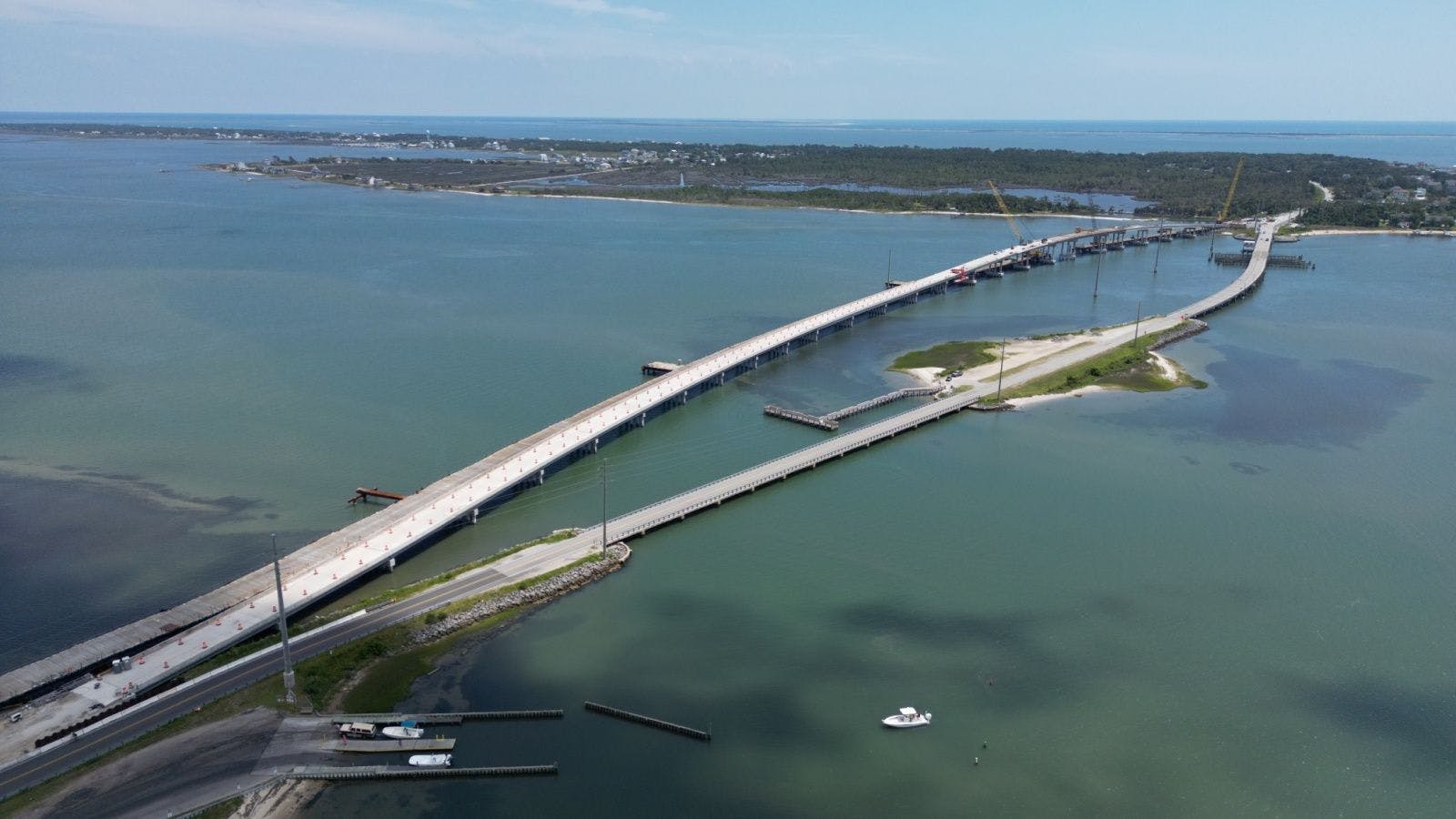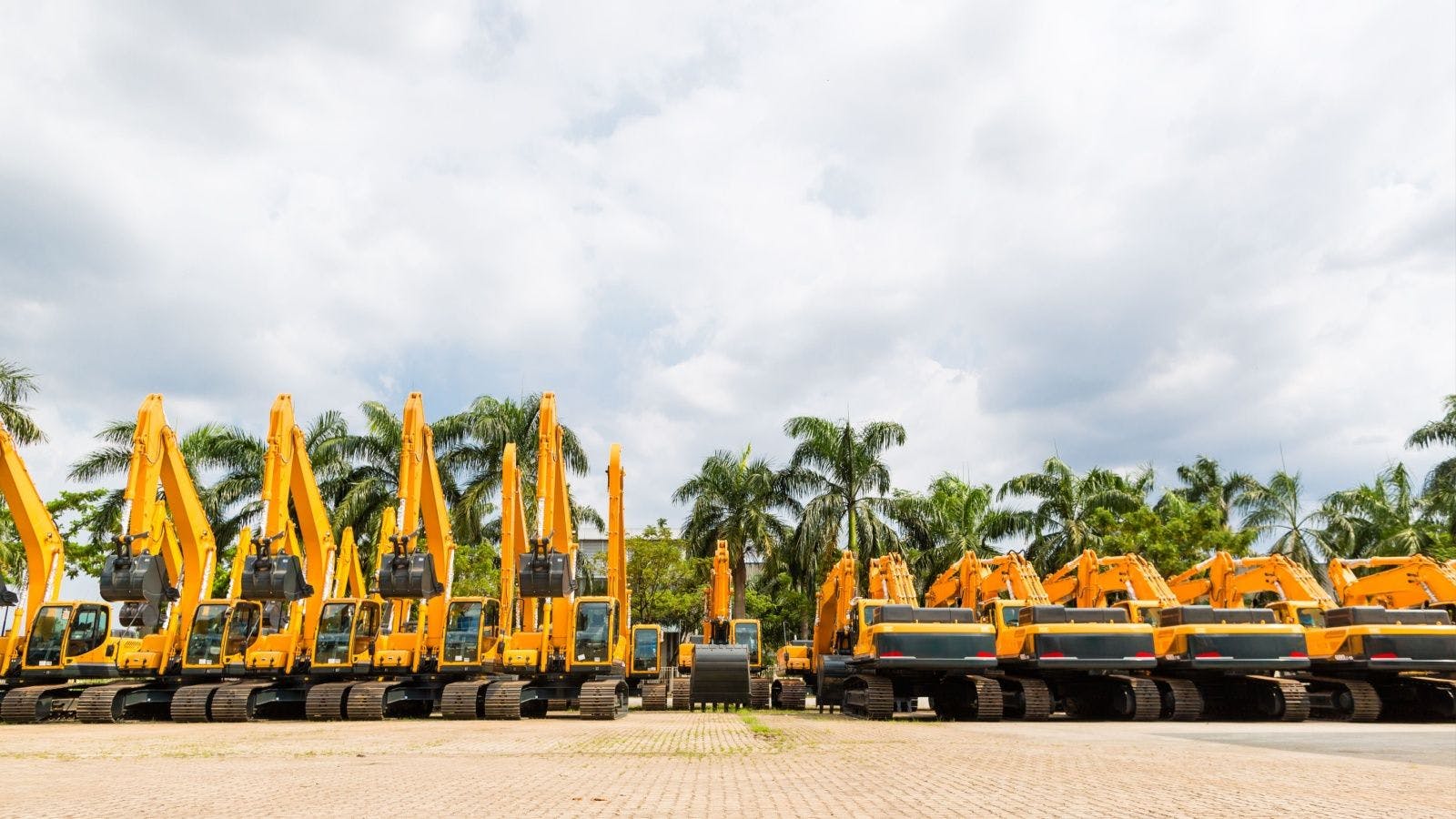
Pick the Best Aerial Lift for the Job at Hand
Mobile elevating work platforms (MEWP), also called aerial lifts, move workers to hard-to-reach places—usually at height—without a scaffold. They are essential to support building construction, installation of glass, lighting, facility maintenance, cleaning and countless other tasks.
Selecting the right piece of equipment is critical to jobsite success and overall safety. But given the different types of lifts, choosing the best lift for the job at hand can be a difficult decision.
There are several key things to consider when selecting the right aerial piece of equipment for a project.
- What load capacity is needed? The weight of workers, tools and materials adds up; so factor in the dynamic load capacity, based on the capability to lift evenly balanced loads, and the static capacity (side/end load) when choosing a lift.
- How high or far a reach is needed? A choice may need to be made between maximum height and maximum horizontal reach when considering types of lifts.
- What is the size of the area the lift will be working in? Consider the footprint of the machine at its base and also the size of the platform in relation to where the lift will be used.
- Will the work be done indoors or outdoors? Indoor work requires a low-emission power source and tires that are easy on floors. Outdoor work often requires a more rugged, powerful machine.
Scissor lifts, boom lifts and vertical mast lifts all offer different advantages. Let’s take a closer look at each machine.
Scissor Lifts
Scissor lifts feature a large, wide platform supported by cross braces. These lifts move straight up and down, not out.
The platforms raise workers and equipment directly over the base of the machine. Scissor lifts generally have higher load capacities than other types of lifts.
If the project calls for a roomy, stable platform that can hold more workers and heavy loads, and horizontal reach is not needed, a scissor lift is a good option for the job. Types of scissor lifts include slab, rough-terrain and single-man scissor lifts.
Common uses for scissor lifts include window washing, building repairs, warehouse operations and industrial maintenance. Electric scissor lifts are often used indoors on smooth slab surfaces. Rough terrain scissor lifts are suitable for outdoor work and can traverse slopes, uneven terrain and mud.
The load capacity for scissor lifts typically range from 500 pounds to 2,500 pounds. The height and reach of scissor lifts typically range from 19 feet to 40 feet.
Standard scissor lifts typically cannot drive into small spaces, but smaller, electric-powered scissor lifts often fit where other scissor lifts don’t. Electric scissor lifts are a good choice for indoor use because they emit no fumes and the weight distribution decreases the chances of harming floor surfaces. Rough-terrain scissor lifts, featuring heavy duty tires and internal combustion engines, are best for outdoor jobs.
Boom Lifts
Boom lifts offer a height advantage compared to scissor lifts. Telescopic boom lifts reach high and far and can get workers next to and on top of tall structures. Articulating boom lifts have less horizontal reach, but allow an operator to lift workers up and over, or over and under, obstacles. Adding a jib boom extension lets the operator move the platform up and down and side to side.
Common uses for telescopic boom lifts include tasks such as painting, glazing, bridge inspections, transmission line repairs and industrial maintenance. Articulating boom lifts are well-suited for reaching high utility towers and for repair work on bridges, stadiums, hangars and convention centers.
The load capacity of boom lifts typically range from 500 pounds to 1,000 pounds. Height and reach options can range from a 40-foot articulating boom lift to a 185-foot telescopic boom lift.
High-reach boom lifts generally are not well suited for confined areas. A telescopic boom lift needs more room than an articulating boom lift because its turntable is larger and requires outriggers to maintain balance. An articulating boom lift can operate in smaller work zones because the far end of the turntable does not extend beyond the drive chassis edge.
Some smaller articulating boom lifts have narrow designs that fit smaller spaces.
Electric boom lifts offer a clean-emission option for reaching tall areas within a facility. Gasoline, propane and diesel-powered boom lifts are better choices for outdoor work because of their drive train power, faster speeds and fast refueling.
Vertical Mast Lifts
Vertical mast lifts are designed to fit in narrow spaces, such as doorways and freight elevators and in between tight racking. A safer and more efficient alternative to ladders, they feature a telescoping, rotating mast and are easily operated and driven from the platform. The mast-guide system provides stability while minimizing deflection and sway, but the lifts are built for portability and convenience, not heavy loads.
These lifts, which come in push-around and electric, self-propelled models, get workers right up close to the work and are excellent for relatively low-height, indoor maintenance jobs in tight work areas. They are often used for painting and lighting work, warehouse stock picking and work in churches and offices.
The load capacity of boom lifts can typically range from 300 pounds to 500 pounds with a height and reach that ranges from 15 feet to 30 feet.
With small footprints, easy maneuverability and a tight or zero-degree turn radius, vertical lifts are well-suited for tight spaces. Models with narrow platforms are handy for performing certain types of ceiling work without removing the ceiling grid.
Vertical mast lifts are ideal for indoor work but can also be used outdoors. Electric-powered vertical mast lifts won’t damage floors or emit exhaust.
Related stories








